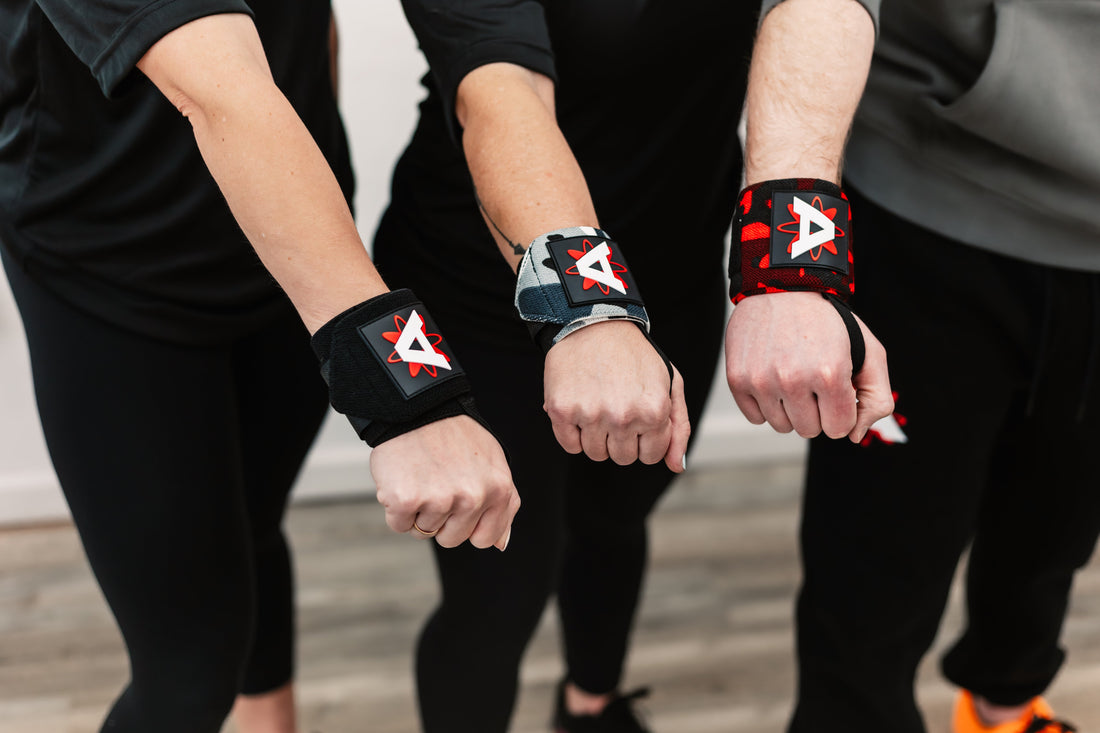
Why You Should Use Wrist Wraps
Share
Are you looking to improve your lifting game while protecting your joints from strain? Wrist wraps might just be the solution you've been searching for. Let's dive into the science behind how wrist wraps can help you lift more weight and prevent injuries.
How do wrist wraps work?
Wrist wraps are designed to provide support and stability to your wrists during a variety of exercises. By wrapping around your wrists, they help keep your joints in proper alignment, reducing the risk of injury and allowing you to lift heavier weights with better form.
Preventing joint strain
Research has shown that using wrist wraps can significantly reduce the strain on your wrists and joints during strength training. A study published in the Journal of Strength and Conditioning Research found that participants who used wrist wraps experienced less wrist extension and ulnar deviation, two movements that can lead to joint pain and injury.
Increasing lifting capacity
Not only do wrist wraps help prevent strain on your joints, but they can also help you lift more weight. By providing additional support to your wrists, you can push your limits and lift heavier weights without compromising your form. This can lead to greater muscle activation and strength gains over time.
Choosing the right wrist wraps
When selecting wrist wraps, it's important to choose a pair that offers the right balance of support and flexibility. Look for wraps made from durable materials that provide a snug fit without cutting off circulation. It's also essential to learn the proper technique for wrapping your wrists to maximize their effectiveness.
Conclusion
In conclusion, wrist wraps can be a valuable tool for gym-goers looking to improve their performance and protect their joints. By providing support and stability, wrist wraps can help you lift more weight safely and effectively. Remember to consult with a fitness professional or healthcare provider to determine if wrist wraps are right for you and to learn the proper way to use them in your workouts.
